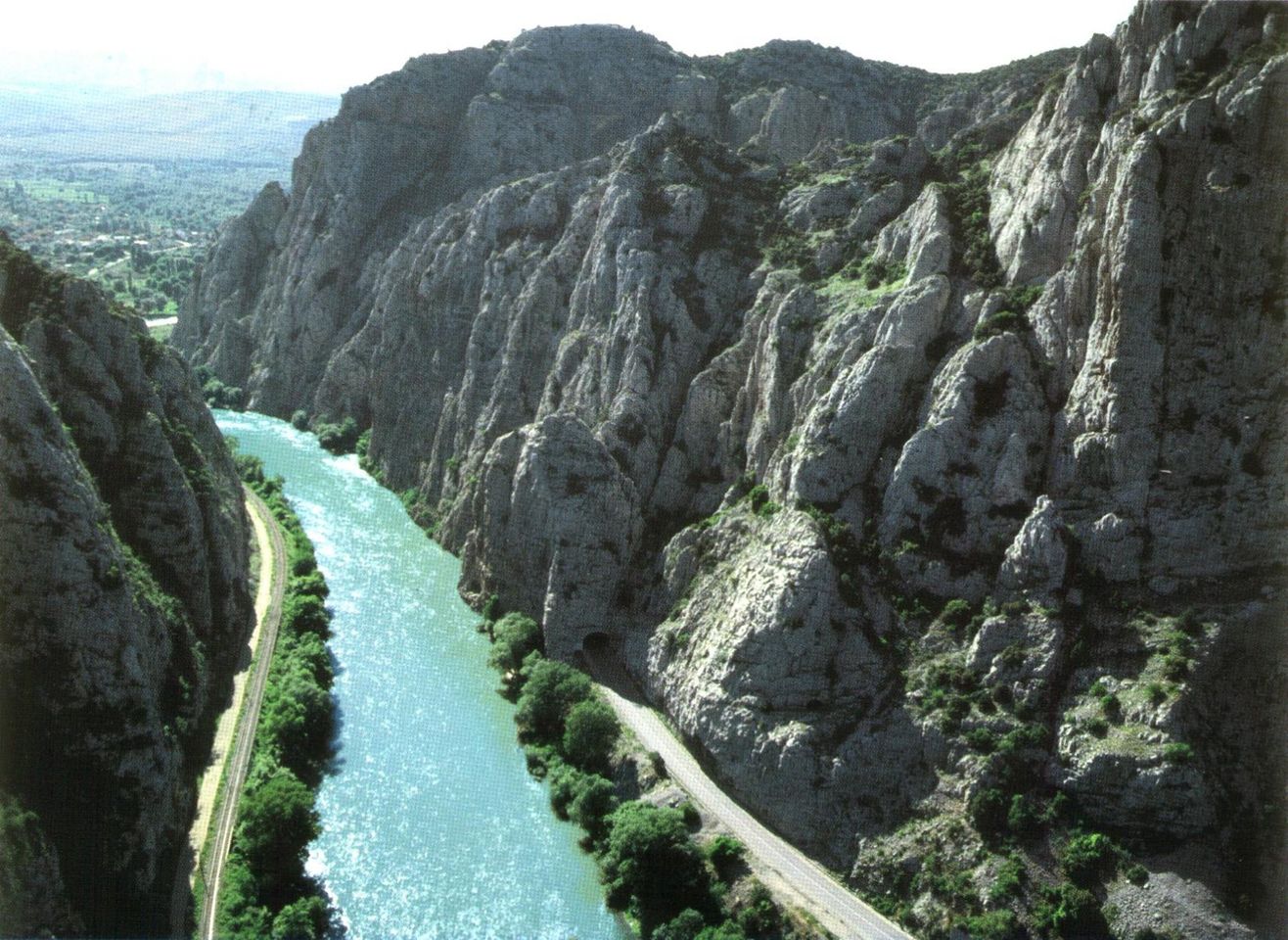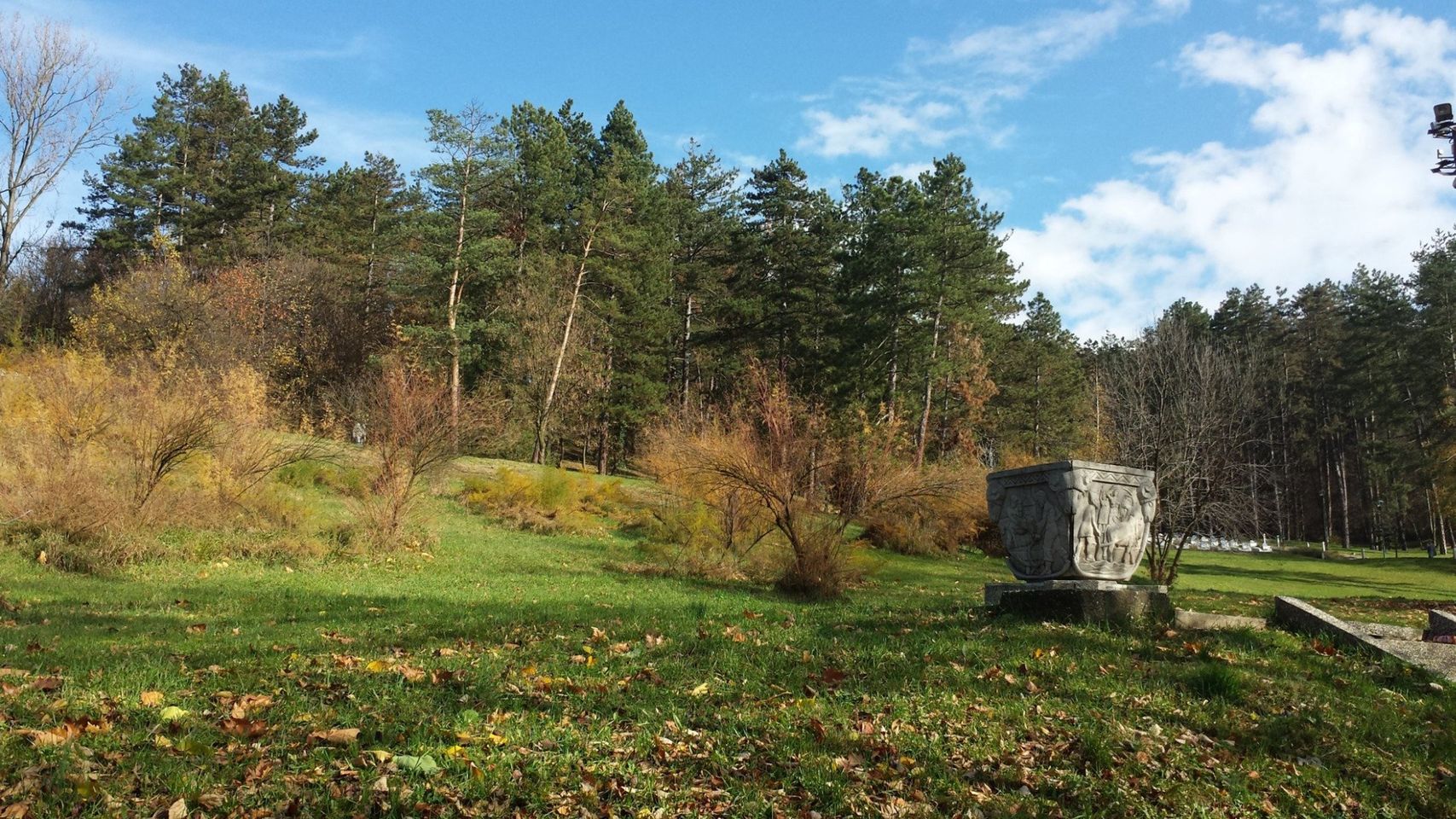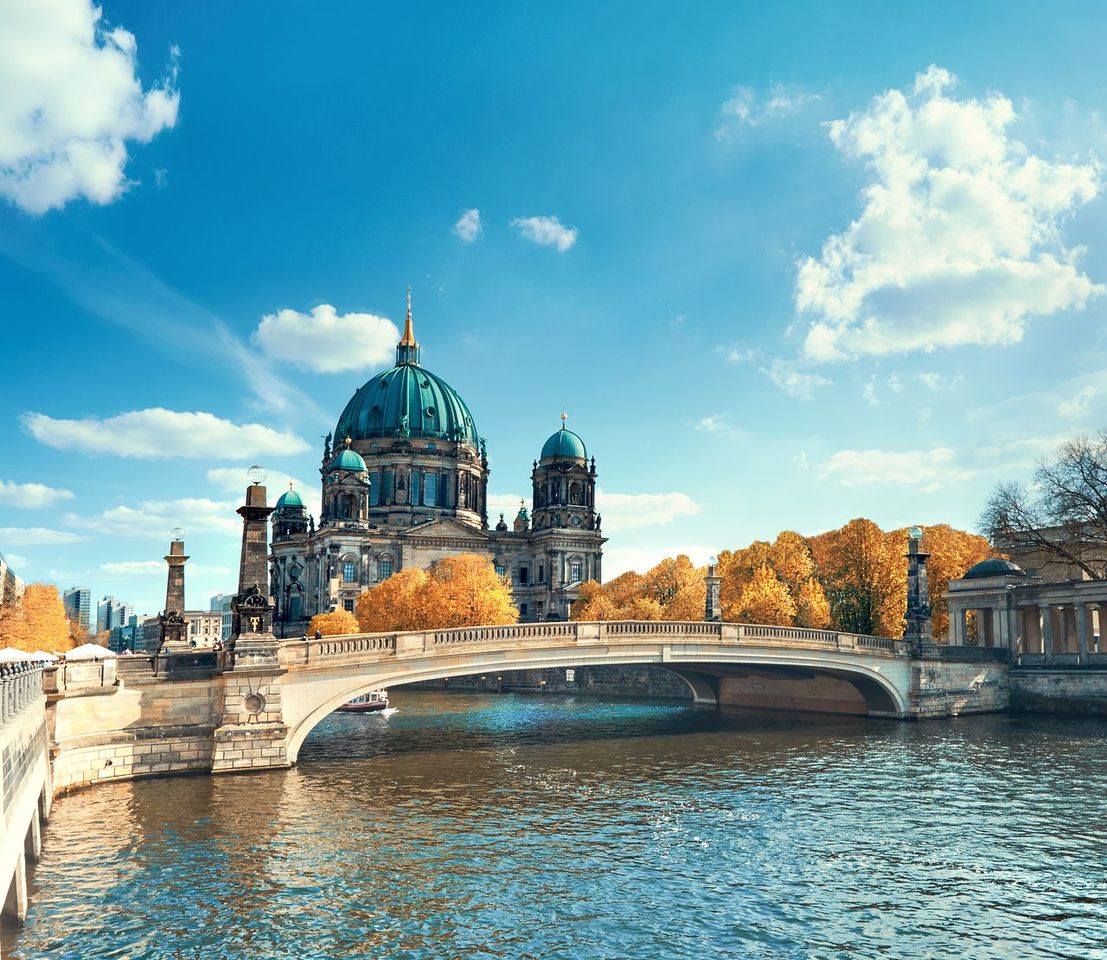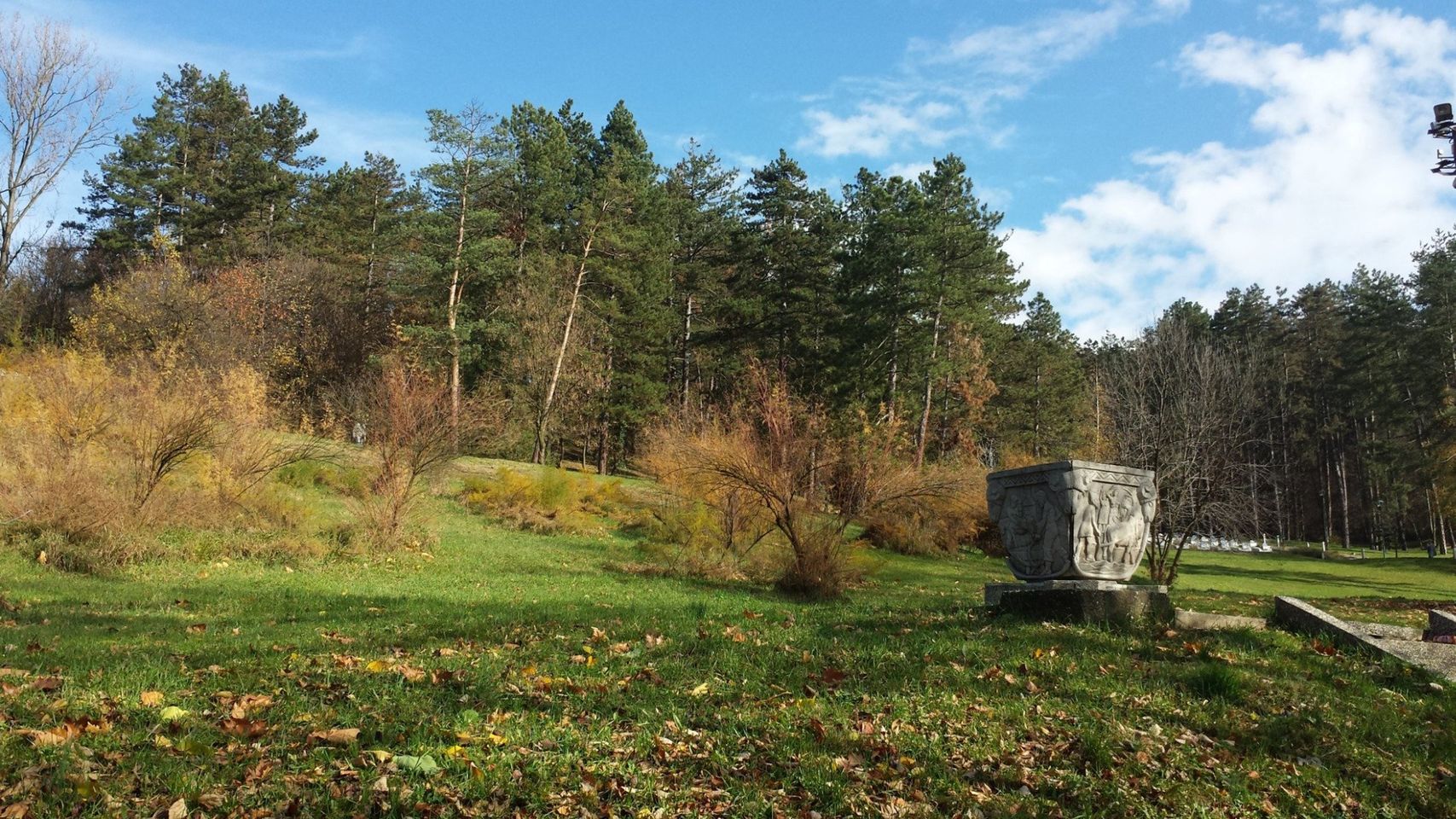Discovering the Charm of Kapija Square

Ah, Kapija Square in Tuzla, Bosnia and Herzegovina – a topic that sparks a fervent flame of opinion within us. The very mention of this historic square ignites a cascade of thoughts and emotions. We find ourselves entangled in a web of admiration and frustration, as we delve into the heart of this urban center. It is a place that embodies the tumultuous intersection of tradition and modernity, where the past converges with the present in a dance of conflicting narratives.
As we meander through the vibrant streets of Kapija Square, we cannot help but be captivated by the palpable energy that permeates the air. The architectural tapestry of this place paints a vivid picture of its rich past, entwined with the hustle and bustle of everyday life. The clash of old and new, traditional and contemporary, creates a symphony of contrasts that both enchants and bewilders us. It is a place where the echoes of history reverberate through the cobbled streets, weaving a narrative that beckons us to unravel its intricate layers.
Yet, for all its allure, Kapija Square is not without its flaws. The pulsating heart of Tuzla is plagued by the relentless pressures of modernization, as the inexorable march of progress threatens to erode its distinctive character. We find ourselves grappling with the juxtaposition of preservation and development, as we witness the delicate balance between honoring the past and embracing the future. In this conundrum, we ponder the significance of safeguarding the cultural heritage of Kapija Square while fostering its evolution into a thriving urban hub. Click here to access the complete city guide for Tuzla.
History of Kapija Square
Oh, let us regale you with the captivating history of Kapija Square in Tuzla, Bosnia and Herzegovina! As we saunter through this bustling square, our senses are overwhelmed by the rich tapestry of cultures and historical significance that envelops this vibrant space. The very cobblestones beneath our feet seem to whisper tales of centuries past, bearing witness to the ebb and flow of civilizations that have shaped the identity of this remarkable city. From its origins as a bustling trade hub in the Ottoman Empire to its transformation into a modern-day cultural epicenter, Kapija Square stands as a living testament to the enduring spirit of Tuzla.
The echoes of history reverberate through every corner of Kapija Square, offering a timeless glimpse into the storied past of Bosnia and Herzegovina. Here, we find ourselves immersed in a captivating blend of architectural marvels, with the iconic Clock Tower serving as a poignant reminder of the city’s Ottoman heritage. As we gaze upon the meticulously preserved edifices that flank the square, we cannot help but marvel at the seamless fusion of diverse influences that have left an indelible mark on this sacred space. Each cobblestone, each ornate facade, speaks volumes about the resilience and adaptability of the people who have called this place home.
Moreover, as we delve deeper into the annals of Kapija Square’s history, it becomes abundantly clear that this is not merely a relic of the past, but a living, breathing testament to the enduring legacy of Tuzla. The thrum of daily life pulsates through the square, as locals and visitors alike converge to partake in the vibrant tapestry of cultural events and communal gatherings. We are captivated by the palpable sense of belonging that permeates the air, as if the very essence of Tuzla’s past and present meld seamlessly in this hallowed space. Indeed, Kapija Square serves as a poignant reminder that history is not relegated to the confines of textbooks, but rather, it is an ever-evolving narrative that continues to unfold before our very eyes.
Significance of Kapija Square to the city of Tuzla
Ah, Kapija Square in Tuzla, where history and modernity intersect in a captivating dance of culture and urbanity. This bustling square stands as a testament to the city’s rich past and vibrant present, offering a tantalizing glimpse into the essence of Tuzla. From the striking architecture that whispers tales of epochs gone by to the lively ambiance that pulsates with the spirit of the present day, Kapija Square is a mosaic of experiences that beckon us to immerse ourselves in its allure.
As we amble through this bustling square, we cannot help but marvel at the seamless fusion of old and new. The centuries-old landmarks stand proudly alongside contemporary structures, creating a harmonious tableau that encapsulates the city’s enduring resilience and evolution. It is here, in the heart of Kapija Square, that we find ourselves not merely spectators, but active participants in Tuzla’s unfolding narrative—a narrative that speaks of tradition, innovation, and a fervent embrace of progress.
Moreover, Kapija Square serves as a vibrant hub for social gatherings, cultural events, and a celebration of community. The vivacious energy that permeates the air, the laughter that echoes off the cobblestone streets, and the tantalizing aromas that waft from nearby eateries all coalesce to form an irresistible invitation to partake in the city’s effervescent spirit. Here in Kapija Square, we are not merely visitors—we are welcomed as kin, invited to share in the collective pride and exuberance that define this captivating locale.
Architecture and design of Kapija Square
The architecture and design of Kapija Square in Tuzla, Bosnia and Herzegovina, is a captivating blend of history and modernity that enchants visitors from all walks of life. As we step onto the square, we are immediately struck by the harmonious coexistence of old and new architectural styles. The historic buildings exude a timeless charm, while the contemporary structures stand as testaments to the city’s progressive spirit. The juxtaposition of these elements creates a visual tapestry that tells the story of Tuzla’s evolution through the ages.
Every corner of Kapija Square seems to whisper tales of the past, and we find ourselves immersed in the rich cultural heritage that permeates the air. The ornate facades of the buildings, adorned with intricate details and vibrant hues, serve as a testament to the city’s enduring legacy. We cannot help but marvel at the artistry and craftsmanship that have gone into shaping this architectural marvel, a testament to the ingenuity of the human spirit across generations.
Moreover, the design of Kapija Square reflects the city’s commitment to creating vibrant communal spaces that foster a sense of togetherness and belonging. As we meander through the square, we are greeted by inviting cafes, bustling markets, and lively street performers, all of which contribute to the vibrant atmosphere. The thoughtful urban planning and design principles at play here demonstrate a deep understanding of how architecture can shape social interactions and create a sense of unity among the diverse tapestry of Tuzla’s inhabitants.
Conclusion
In conclusion, the undeniable charm and historical significance of Kapija Square in Tuzla, Bosnia and Herzegovina, is a testament to the enduring spirit of this vibrant city. As we have explored the rich tapestry of culture and heritage woven into the very fabric of the square, it becomes evident that it stands as a living monument to the resilience and creativity of the people of Tuzla. Its significance goes beyond mere architecture or urban planning; it is a reflection of the collective identity and spirit of the community. We are left with a profound sense of admiration for the ability of this space to encapsulate the essence of Tuzla, inviting visitors to immerse themselves in its rich history and promising a glimpse into its promising future.
Moreover, Kapija Square serves as a poignant reminder of the importance of preserving and celebrating our cultural heritage in the face of modernization and change. It beckons us to recognize the value of historical places in maintaining a connection to our roots and understanding our shared history. This cherished square has evolved alongside the city itself, bearing witness to the ebb and flow of time, yet remaining a steadfast symbol of continuity in an ever-changing world. Its preservation is not just a matter of architecture but a testament to the endurance of tradition and the enduring values that bind us together as a society.
In a broader sense, Kapija Square stands as a testament to the power of urban spaces to weave stories and evoke emotions. Its significance extends far beyond the confines of Tuzla, serving as a microcosm of the universal human experience. As we bid farewell to this discussion, we are reminded that the value of such spaces lies not merely in their physical structures, but in the intangible connections and narratives they embody. Kapija Square has captivated our hearts and minds, leaving an indelible impression that transcends the boundaries of geography and time.




